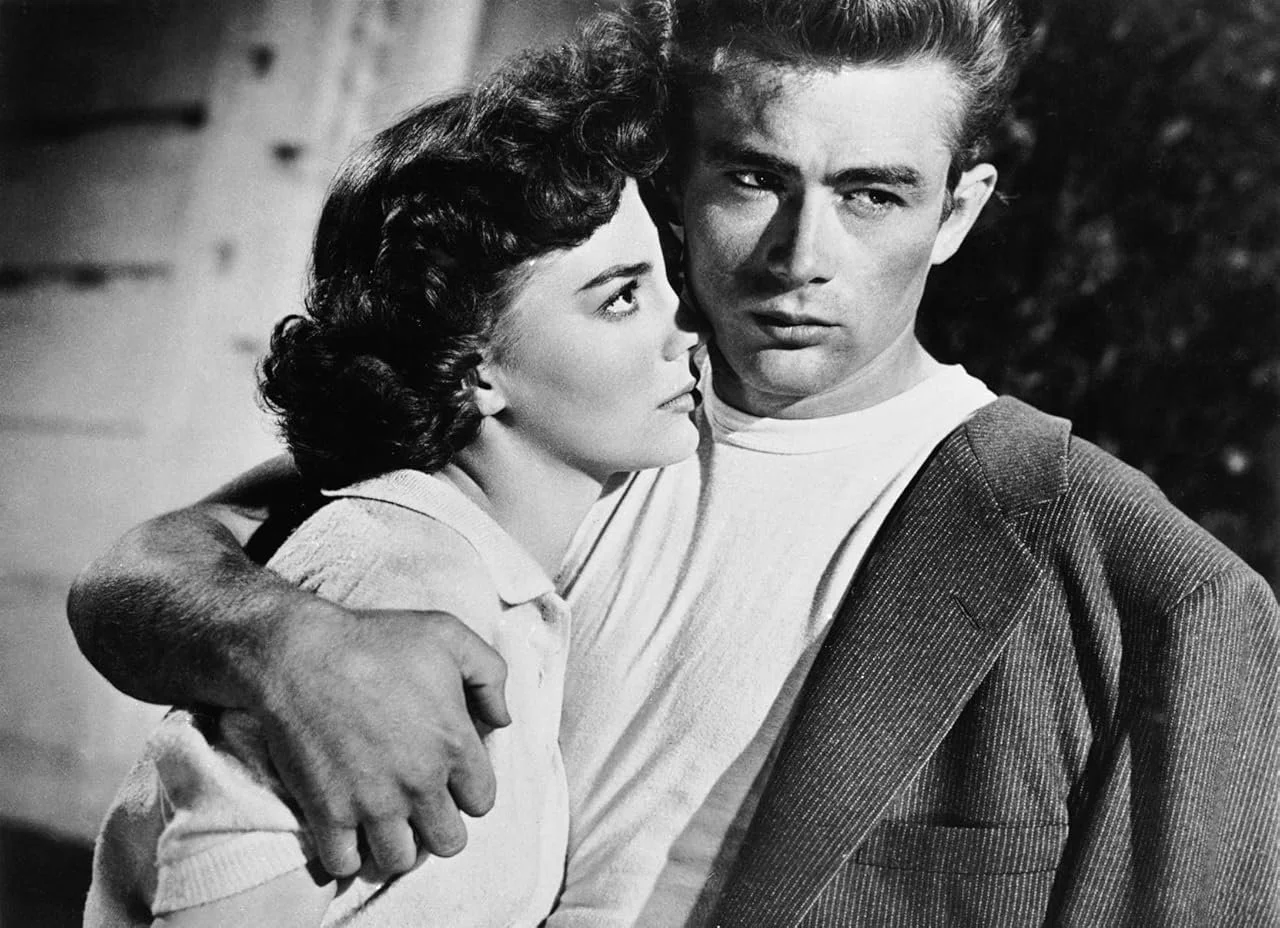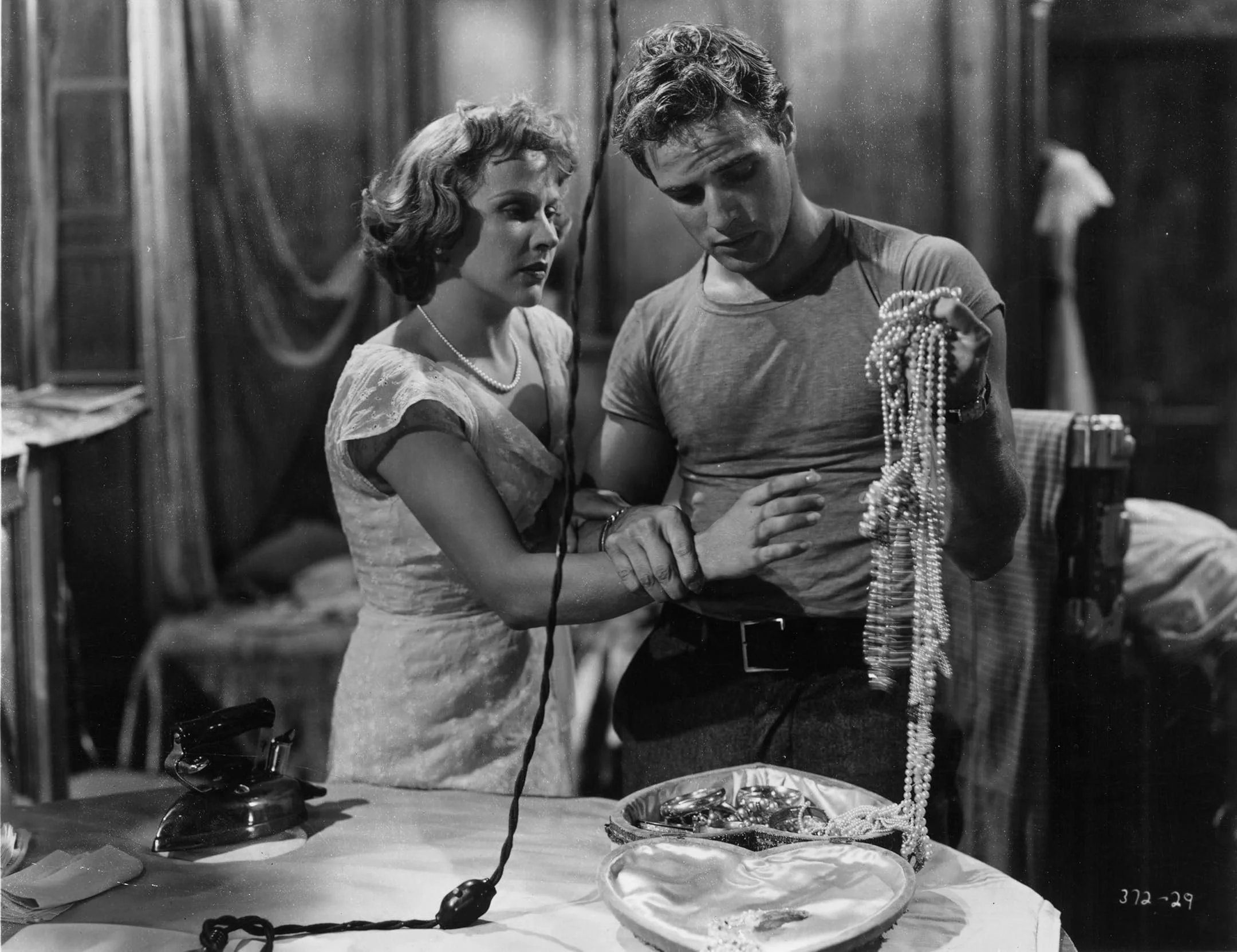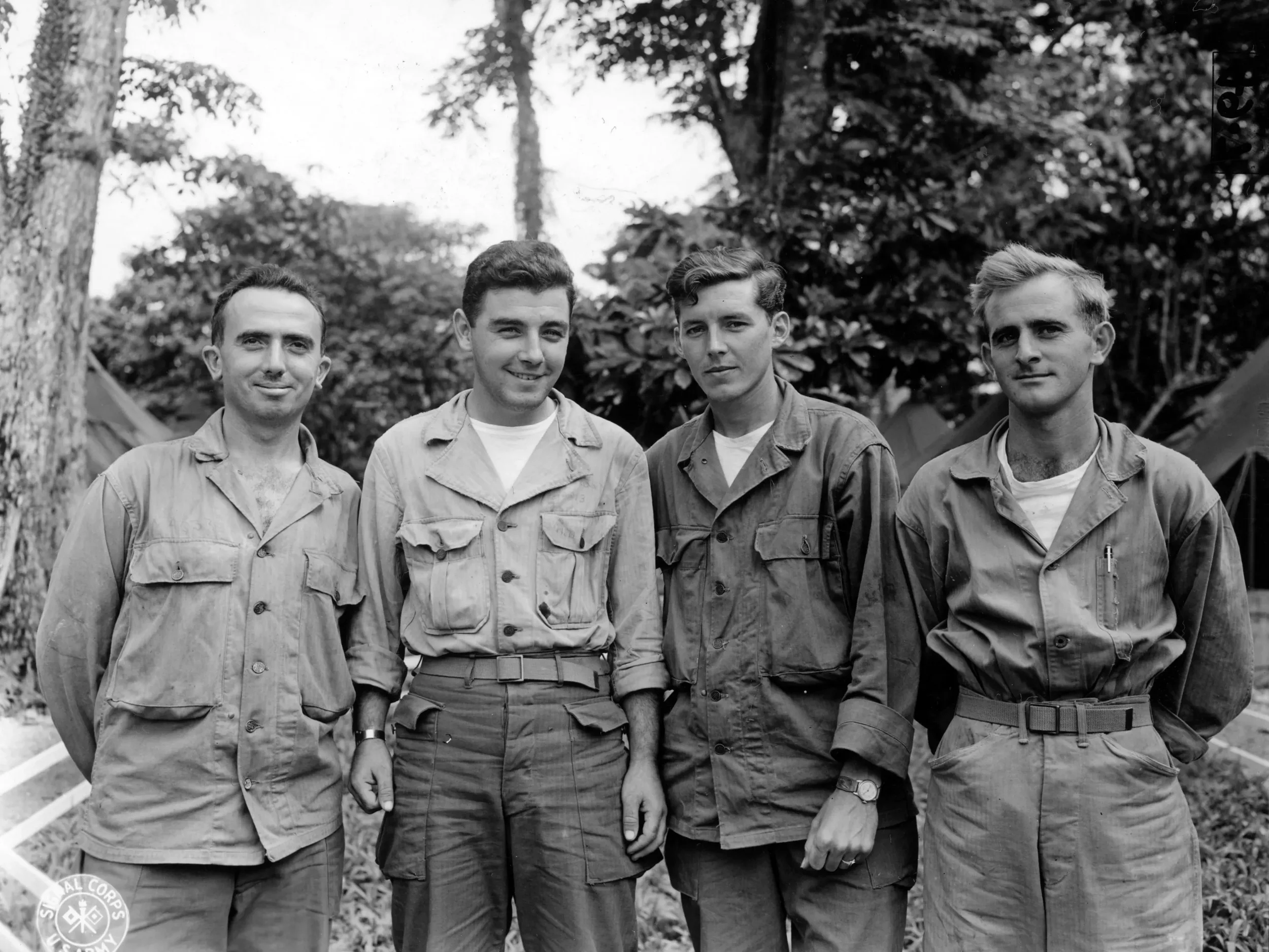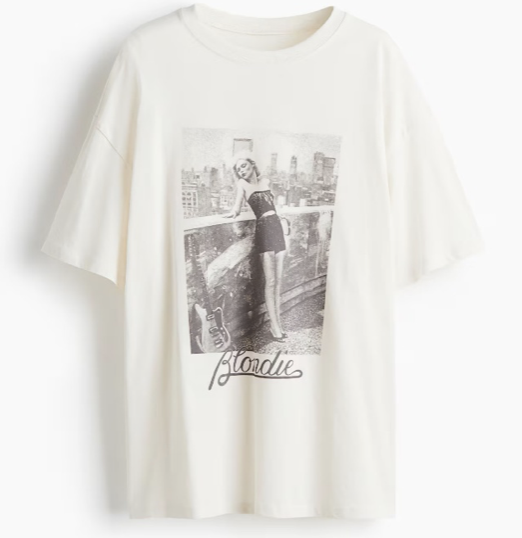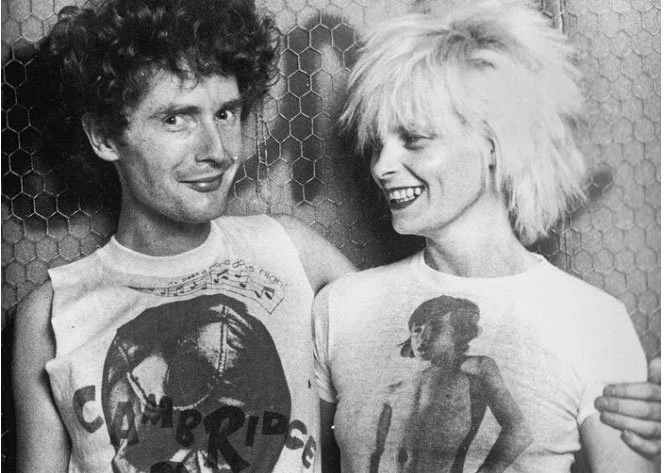That's the point: some garments bear the burden of societal ostracization dependent on their proximity to the flesh. Which is why the donning of a shirt as a piece of clothing on its own - not as a protective layer underneath another item - was a big deal for fashion. We might shake our heads in disbelief ("who would get their knickers in a twist over wearing a shirt?"), but let's not forget the public reception, particularly from conservative Americans, of pop extraordinaire Sabrina Carpenter and her close-fitting corsets. Nothing ruffles the feathers quite like a woman-identifying individual exploiting sex-appeal and objectification.
In summation, the act of wearing a shirt as outerwear really was considered a big deal for early 20th-century society.
Gosh, Dolly, I Do Love Me a Man in Uniform...T-Shirts?
That's right - before the icon joined the television screen, the flashing lights of Hollywood and the fame, the shirt was part of the war effort in World War II and would become an enduring staple for military usage.
